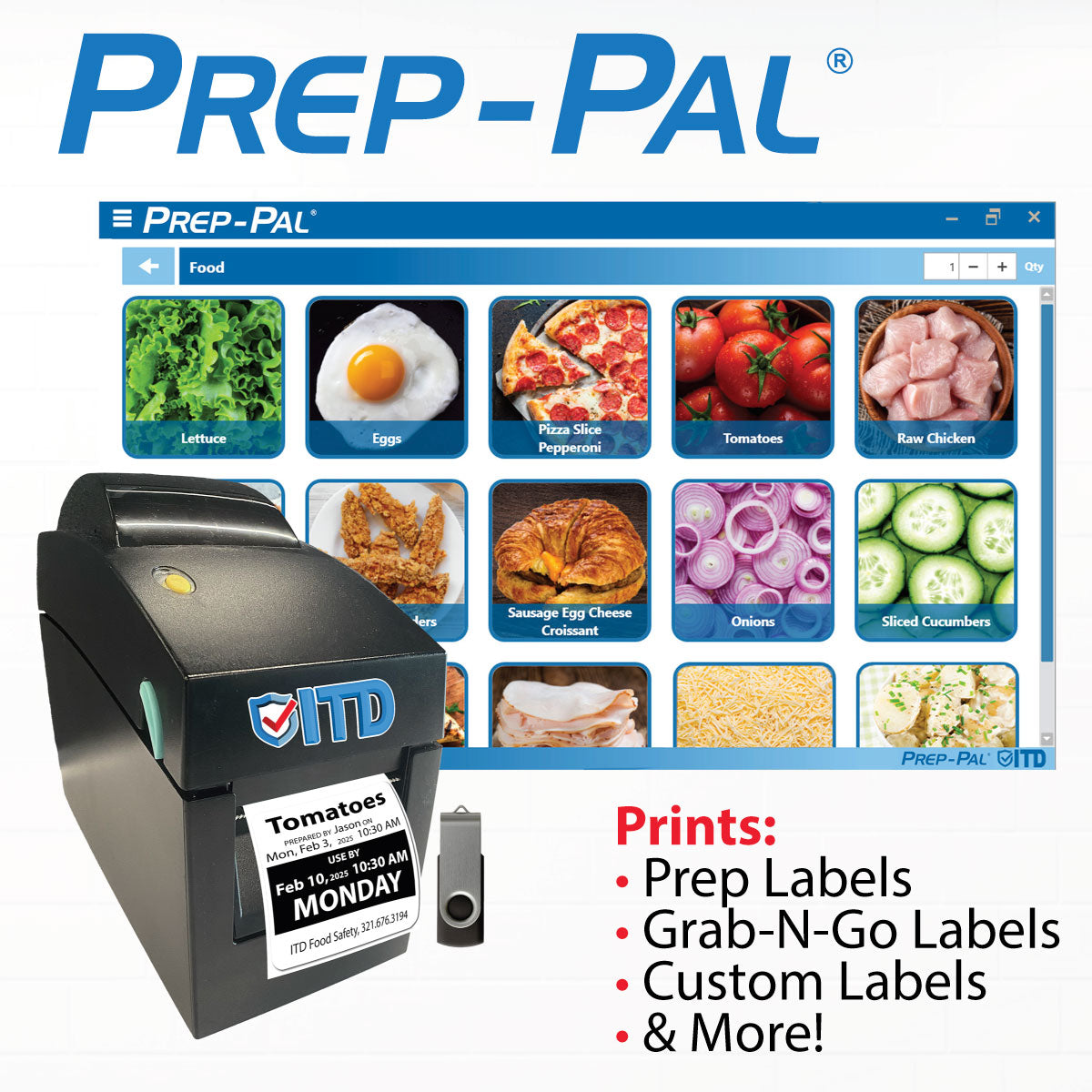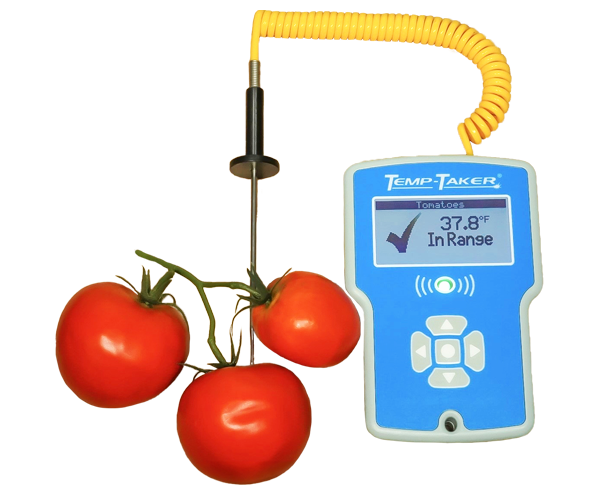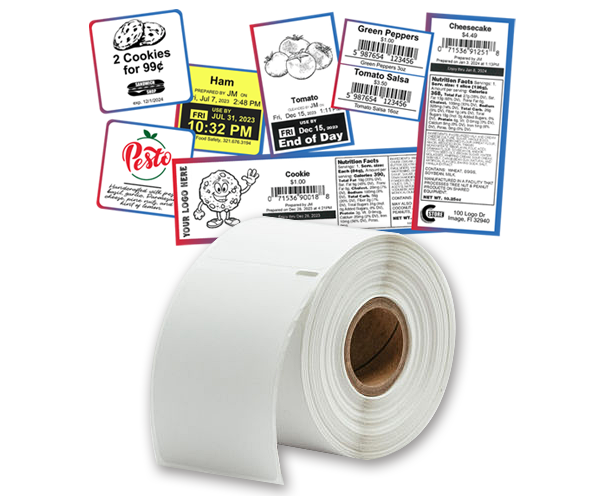Ensuring Food Safety: 4 Simple Steps for a Healthy Kitchen
In our pursuit of maintaining a healthy lifestyle, one aspect that often takes center stage is food safety. Whether you're a seasoned chef or a novice in the kitchen, following the four fundamental steps to food safety is crucial for safeguarding your well-being. Let's delve into these steps and discover how you can create a safe culinary environment.
1. Clean: Wash Your Hands and Surfaces Often
The cornerstone of food safety begins with cleanliness. Regularly wash your hands with soap and warm water for at least 20 seconds – especially before and after handling raw meat, poultry, seafood, and eggs. Additionally, ensure that kitchen surfaces, utensils, and cutting boards are cleaned thoroughly after each use to prevent the spread of harmful bacteria.
2. Separate: Don't Cross-Contaminate
Preventing cross-contamination is vital in maintaining food safety. Keep raw meats, poultry, seafood, and eggs separate from ready-to-eat foods, such as fruits and vegetables, to avoid the transfer of harmful bacteria. Use separate cutting boards and utensils for raw and cooked foods, and be diligent about cleaning them thoroughly between uses.
3. Cook: Cook Food to the Right Temperature
Cooking your food to the correct temperature is a critical step in eliminating harmful bacteria. Invest in a food thermometer to ensure that meat, poultry, seafood, and eggs are cooked to their recommended internal temperatures. This not only guarantees a delicious meal but also guarantees that any potential pathogens are eradicated.
4. Chill: Refrigerate Perishable Food Promptly
After enjoying a meal, promptly refrigerate perishable food to slow down the growth of bacteria. Refrigerators should be set at 40°F (4°C) or lower to keep foods out of the danger zone where bacteria multiply rapidly. Ensure leftovers are stored in shallow, airtight containers to promote even cooling.
Incorporating these four simple steps into your daily kitchen routine will not only enhance the taste of your dishes but, more importantly, safeguard your health. By practicing cleanliness, preventing cross-contamination, cooking to the right temperature, and promptly refrigerating perishable foods, you're taking proactive steps towards a safer and healthier culinary experience. Here's to delicious meals and a kitchen filled with food safety!




